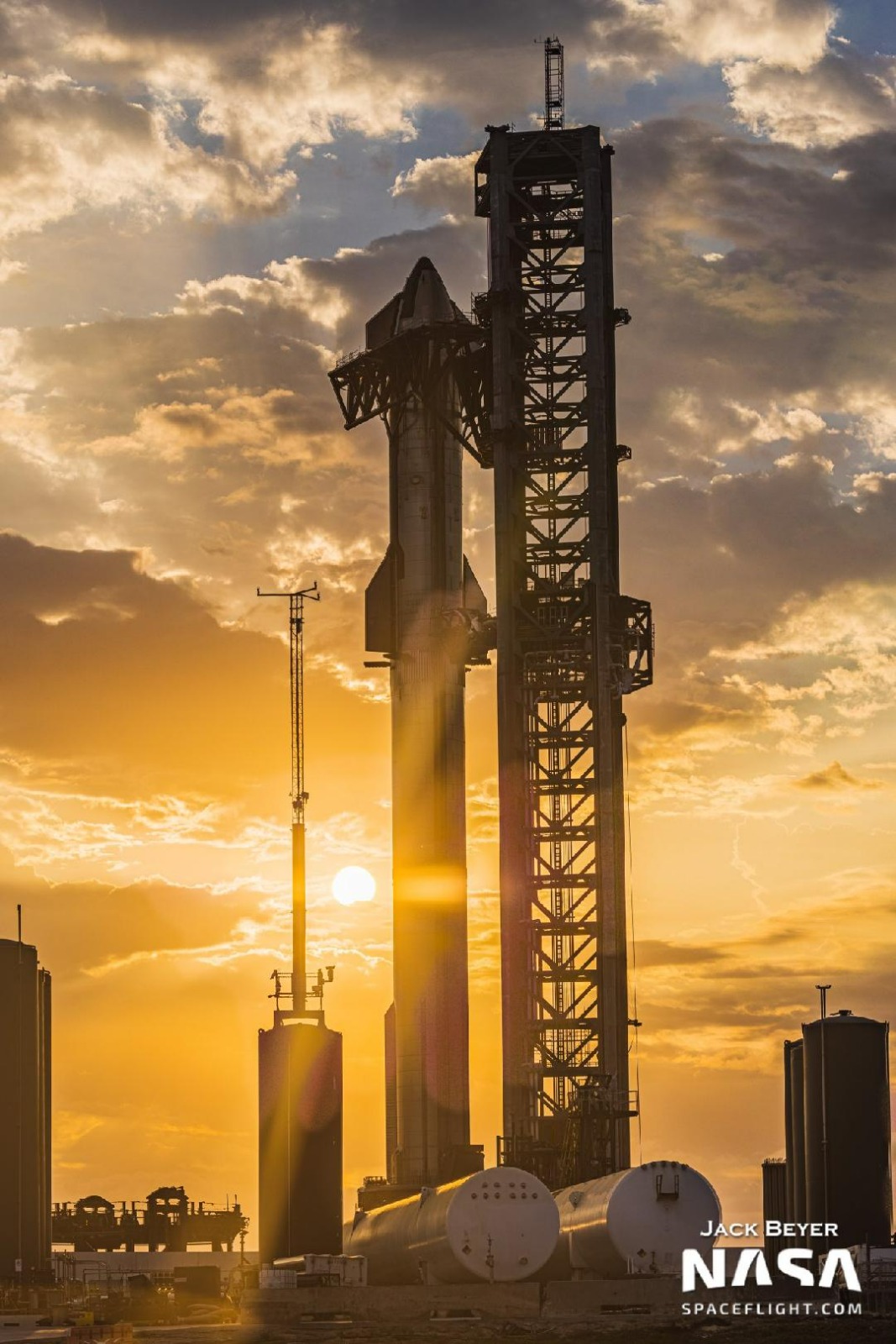If the launch of SpaceX’s 100-passenger Starship on Thursday succeeds, it will radically change the relationship between life and space.

Why?
- for the price of one NASA Artemis Moon Rocket launch, you could launch 2,000 Starships
- for the price of one Artemis Moon Rocket launch carrying three passengers to the moon, you could launch 200,000 passengers to the moon or Mars on the Starship.
Then there are a few other startling facts.
- The Artemis Moon Rocket’s Orion capsule can only circle the moon, orbit it, and allow its astronauts to look down with agony at the surface they can’t reach. The lunar surface on which the Chinese and Russians plan to build a base by 2028.
- The Starship can take 100 passengers on a straight flight to the moon and land them there. Then it can bring them back home. Something the Artemis Moon Rocket can’t come anywhere near.
- The Starship can be used as a lunar base. It’s designed to carry its 100 passengers in cruise-line luxury. It can eliminate the cost of building the smaller, as-yet-undesigned lunar bases that NASA is focused on.
- Artemis will land only two astronauts on the moon. According to NASA’s plans, the hapless astronauts traveling from earth will have to transfer to a structure in lunar orbit that hasn’t been built and for which there is no budget: a tiny space station circling the moon–the Lunar Gateway. Then they will have another transfer, boarding guess what vehicle to land on the moon’s surface? A Starship.
- In other words, NASA’s entire Artemis program can be deep-sixed in favor of Starship trips direct to the moon and back, thousands of them. For a sliver of the cost.
The Starship is twice the size and will carry four times as much cargo to the moon as the Artemis Moon Rocket. It is the biggest rocket humanity has ever flown.
The Starship will make possible entire ecosystems in space. And, to repeat, it will change the relationship between the grand enterprise of life and the space above our heads.

______
Howard Bloom of the Howard Bloom Institute has been called the Einstein, Newton, and Freud of the 21st century by Britain’s Channel 4 TV. He is the co-founder and co-chair of the Asian Space Technology Summit, a member of the board of governors of the National Space Society, and the founder and chair of Space Development Steering Committee. One of his seven books–Global Brain—was the subject of a symposium thrown by the Office of the Secretary of Defense including representatives from the State Department, the Energy Department, DARPA, IBM, and MIT. His work has been published in The Washington Post, The Wall Street Journal, Wired, Psychology Today, and the Scientific American. He does news commentary at 1:06 am Eastern Time every Wednesday night on 545 radio stations on Coast to Coast AM. For more, see http://howardbloom.institute.





